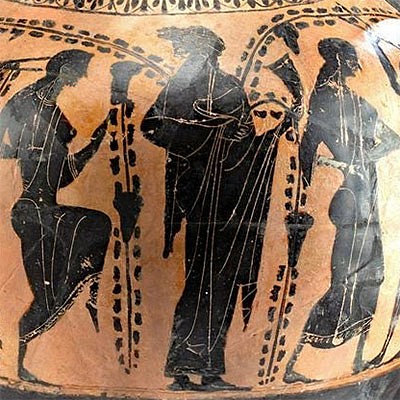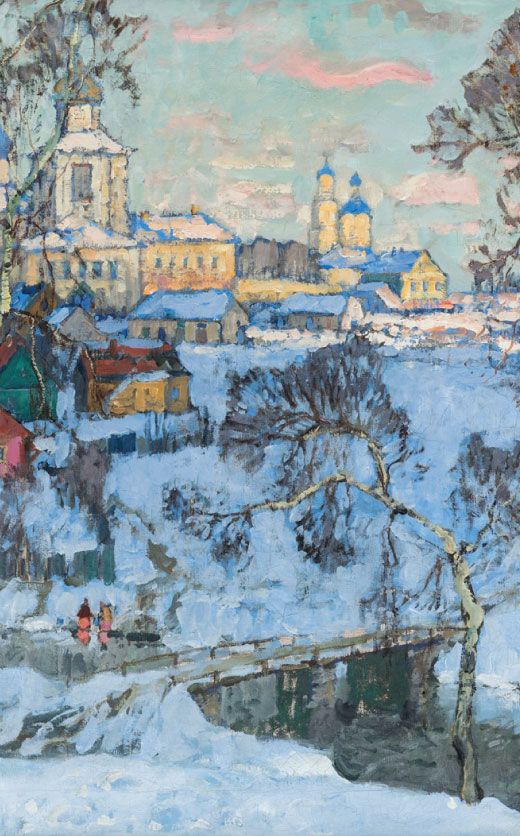Published Attic Red-Figure Pelike, Kerch Type, Group G
Lot 64a
About Seller
Artemis Fine Arts
686 S Taylor Ave, Ste 106
Louisville, CO 80027
United States
Selling antiquities, ancient and ethnographic art online since 1993, Artemis Gallery specializes in Classical Antiquities (Egyptian, Greek, Roman, Near Eastern), Asian, Pre-Columbian, African / Tribal / Oceanographic art. Our extensive inventory includes pottery, stone, metal, wood, glass and textil...Read more
Categories
Estimate:
$20,000 - $30,000
Absentee vs Live bid
Two ways to bid:
- Leave a max absentee bid and the platform will bid on your behalf up to your maximum bid during the live auction.
- Bid live during the auction and your bids will be submitted real-time to the auctioneer.
Bid Increments
| Price | Bid Increment |
|---|---|
| $0 | $25 |
| $300 | $50 |
| $1,000 | $100 |
| $2,000 | $250 |
| $5,000 | $500 |
| $10,000 | $1,000 |
| $20,000 | $2,500 |
| $50,000 | $5,000 |
| $100,000 | $10,000 |
| $200,000 | $20,000 |
About Auction
By Artemis Fine Arts
Jun 10, 2021
Set Reminder
2021-06-10 10:00:00
2021-06-10 10:00:00
America/New_York
Bidsquare
Bidsquare : Exceptional Antiquities | Asian | Ethnographic
https://www.bidsquare.com/auctions/artemis-gallery/exceptional-antiquities-asian-ethnographic-7012
Museum-worthy examples of Egyptian, Greek, Roman, Viking, Near Eastern, Far East / Asian, Pre-Columbian, African / Tribal, Oceanic, Native American, Spanish Colonial, Russian, Fossils, Ancient Jewelry, Fine Art, so much more! Artemis Fine Arts info@artemisfinearts.com
Museum-worthy examples of Egyptian, Greek, Roman, Viking, Near Eastern, Far East / Asian, Pre-Columbian, African / Tribal, Oceanic, Native American, Spanish Colonial, Russian, Fossils, Ancient Jewelry, Fine Art, so much more! Artemis Fine Arts info@artemisfinearts.com
- Lot Description
Greece, Athens (Attic), Kerch type, Group G, ca. 350 to 330 BCE. Made for the Greek colony of Panticapaeum, on the Kerch Strait in Ukraine. A fabulous pelike of a sophisticated form with a piriform body resting atop a squat foot. The tapered neck rises to the collared, funnel-form rim and has a pair of handles conjoining the rim to the shoulder. The obverse features an Arimasp wearing a barbarian costume with leggings and a pelta beneath his knee as he struggles to rise to his feet while battling two winged griffins. The reverse shows two himation-wearing figures standing with a stele between them, the left holding a circular object in one hand, perhaps a shield. In Greek mythology, griffins lived far to the north and guarded large deposits of gold. They were in constant conflict with the Arimasps, a tribe of one-eyed people, who regularly tried to steal the gold. Although literary sources describe the Arimasps as cyclopean peoples, visual artists did not follow this convention and instead depicted them in simple barbarian costumes. Size: 7.125" W x 11.6" H (18.1 cm x 29.5 cm)
Published: J. Eisenberg, 1000 Years of Ancient Greek Vases II, 2010, no. 105.
This piece has been searched against the Art Loss Register database and has been cleared. The Art Loss Register maintains the world’s largest database of stolen art, collectibles, and antiques.
Provenance: ex-Royal Athena Gallery, New York, New York, USA; ex-private Vakilli collection, Paris, France, bought on the London art market in 2003
All items legal to buy/sell under U.S. Statute covering cultural patrimony Code 2600, CHAPTER 14, and are guaranteed to be as described or your money back.
A Certificate of Authenticity will accompany all winning bids.
We ship worldwide and handle all shipping in-house for your convenience.
#165074Rim repaired from a few large pieces, with resurfacing and overpainting along break lines. Abrasions and light fading to original pigment, with one firing cloud inside of rim and neck. Fantastic preservation to figural and zoomorphic decorations, and nice craquelure to areas of black glaze across exterior.Condition
- Shipping Info
-
All shipping is handled in-house for your convenience. Your invoice from Artemis Gallery will include shipping calculation instructions. If in doubt, please inquire BEFORE bidding for estimated shipping costs for individual items.
-
- Buyer's Premium



 EUR
EUR CAD
CAD AUD
AUD GBP
GBP MXN
MXN HKD
HKD CNY
CNY MYR
MYR SEK
SEK SGD
SGD CHF
CHF THB
THB















